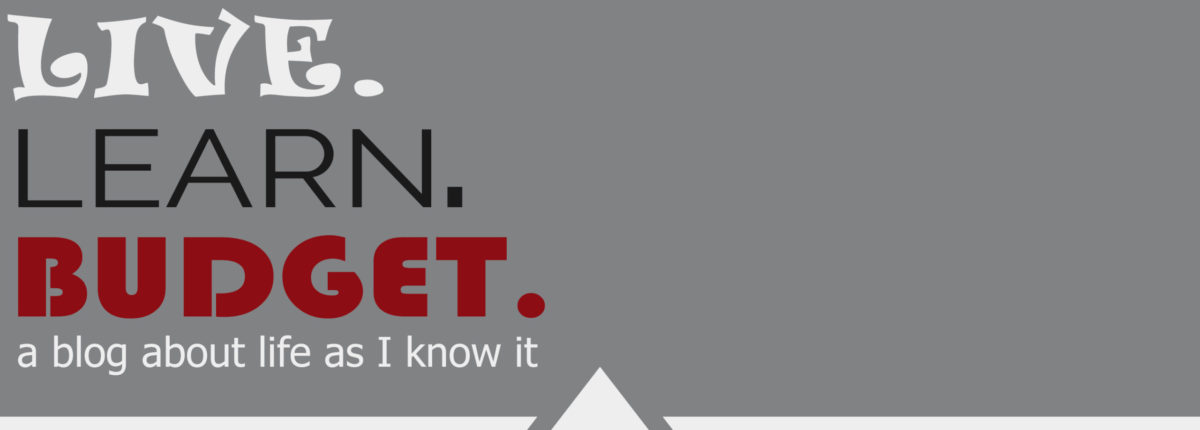What: a financial guide directed at women focusing on achieving positive net worth and positive feelings about money.
When: Published February 2017
How: The goal of the first part of the book is to understand and accept your personal feelings towards money (your “money story”). It’s got solid referenced research, statistics, and discussion about the cultural norms on women and money that impact most of our individual money stories. The second part is on the big picture of finance and how to build net worth. It’s organized around the two ideas of “Grow your roots and spread your wings” wherefinancial roots are your principal assets and long term investments, while wings are your income and access to cash.

The Good: The majority of women (and plenty of men) do struggle taking the step from managing day to day expenses and monthly budgets to the big stuff of managing net worth and investing. This book puts those right up front and center and makes it clear that they are not something to be afraid of. Net worth is one of the first things I have people figure out, so this is near and dear to my heart. Investing is the only way to outpace inflation, and it’s not something anyone should be afraid of. These ideas are well thought out and well presented. She lays down some universal money truths that we all need constant reminders of – you’ve got to think bigger than any one transaction, work towards a positive net worth and the need to invest in and for the future is real.
The Bad: The first two thirds of the book is great, it flows and I felt like this was her real passion, the last third felt more like getting through the checklist of the other financial stuff that someone said had to be in a finance book. As a result it’s a good intro on investing and entrepreneurship but really light on what it really takes to get to the point where you actually have savings to invest (in yourself or the bank). When 50-75% (depending on which survey you look at) of people are living paycheck to paycheck, this feels like a really huge missing piece. Bits on binge shopping, intentional spending, and even a reference to the Marie Kondo method all felt a little disjointed as the book ironically lost its flow in the “Cash Flow” section.
The Ugly: She explains her personal finance system in one page in the very last chapter. For all of the uplifting advice about changing your “money story” and rewiring any views about money that might be holding you back, Ms. Steinberg might need to rethink her own “budget story”. This is what she says before she presents her personal money method: “the reality [is] that most human brains are not primed to track five hundred distinct transactions per month and tuck them into neat, clearly delineated categories”. I admit I have a budget bias, but relying on gross exaggeration and misdirected psychology to make her point isn’t her best moment. 500 transactions per month would be checking out a nearly absurd 17 times every single day and simply stated “priming” is when exposure to one thing influences the response to another. Irony is that comments like the one above prime people to have a more negative response to budgets. It’s a disappointing end to an otherwise well written and researched book.

To Read or Not To Read: Most can skip it. If you happen to be looking for an intro level feminine money manifesto that reads like a conversation with a smart friend instead of a textbook, this is a good choice. It has some great parts and presents a lot of very valid information. The problem is in trying to cover everything, it’s not quite enough of anything. If you need a girl powered money pep talk, go for it. If you are at the point where you have your debt and spending in good places and you want to know more about saving and investing, this points you in the right direction but probably isn’t detailed enough. If you are one of the majority of people living paycheck to paycheck and just not getting money saved, this book might be motivating, but it doesn’t give you the tools to get there.
Head to Amazon for the book here.
Back to The Bookshelf.

